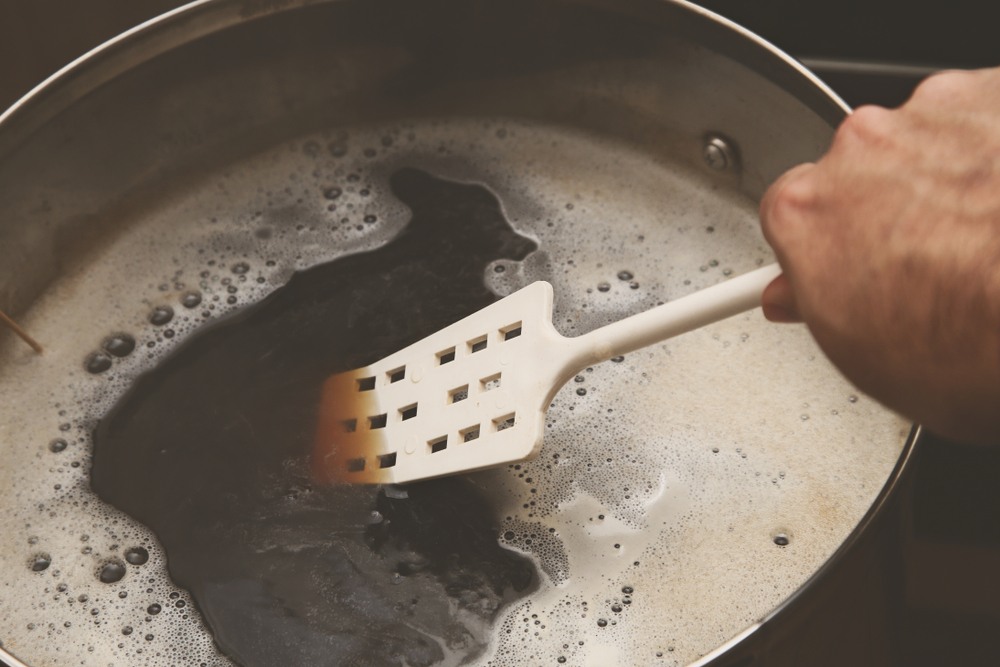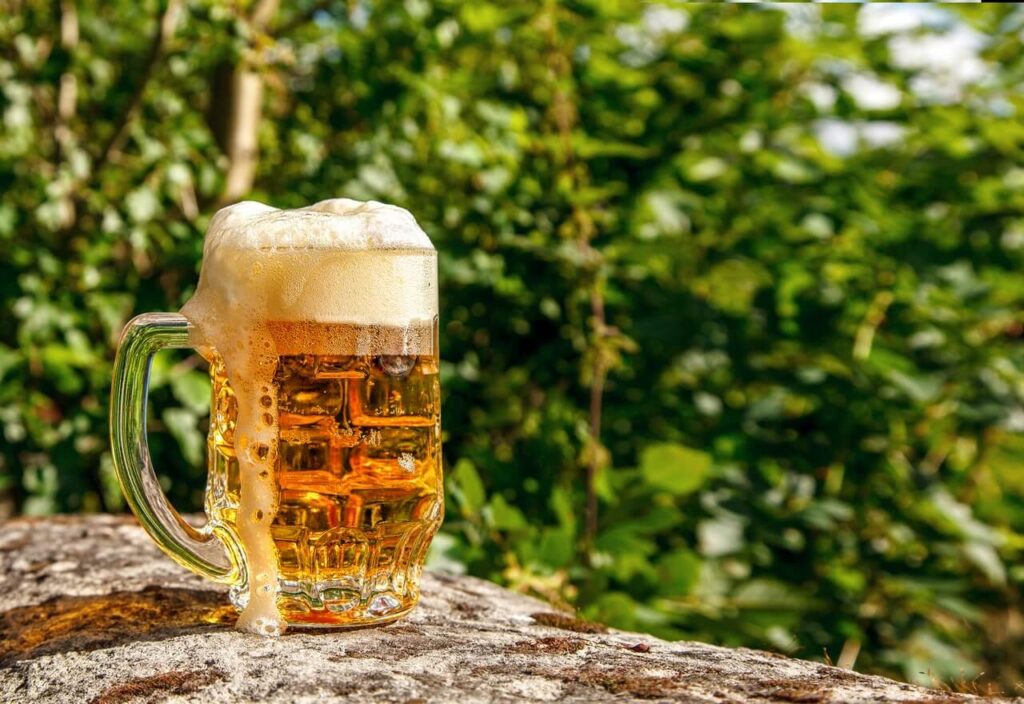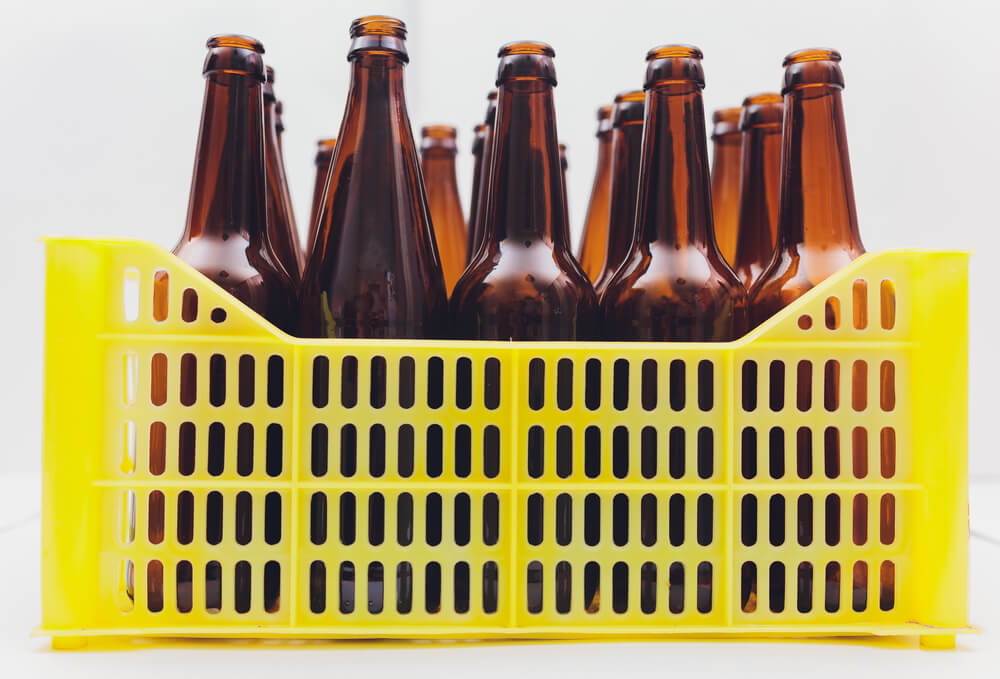For many people interested in brewing their own beer, the most common question is how difficult is homebrewing?
For a long time, we thought about learning to brew our own beer. But, like many people pondering homebrewing as a hobby, we were a little afraid to start because brewing beer seemed really hard.
Some of our friends were homebrewers, and they had these elaborate set-ups in their garages, and it just seemed like a lot of work for some beer.
We asked ourselves the question often, “How difficult is homebrewing, really?” We’re both decent cooks, and we can follow recipes, so it couldn’t be that hard. Right?
Turns out, homebrewing is relatively easy.
According to the American Homebrewer’s Association, 1.1 million people are brewing their beer at home. So, it can’t be that difficult to homebrew. More and more people take up homebrewing each year, and in 2020 when many breweries were closed due to the COVID-19 pandemic, even more people learned how to homebrew.
The 4 Essentials You Need to Start Homebrewing

Many beer lovers avoid homebrewing because they think they need a lot of stuff to brew their own beer. It was the equipment investment that made us believe homebrewing was difficult.
For our first batch of beer, we used a turkey fryer pot and burner and a bucket.
However, you don’t even need that stuff. Homebrewing your own beer can be done with basic kitchen equipment and no added investments.
If you are ready to jump into home brewing, here are the things that we think you need to invest in to make the process easy.
- Beer Making Kit – Your local homebrew store or home brewing equipment website will have a preassembled kit of all the equipment you’ll need to brew your first batch of beer.
Homebrew starter kits come in 1-gallon and 5-gallon sizes and have everything you need. When looking at starter kits, we recommend using one that comes with plastic buckets as fermenters rather than glass carboys.
- Sanitizer – We can’t tell you how important buying a good, food-grade sanitizer is for homebrewing. You can get varying types of sanitizer, but we prefer ones that don’t need mixing from powder.
- Beer Recipe Kit – Start with an extract kit for your first brew. Extract kits simplify the process, but still give you a really good quality beer. There are lots of kits out there, many of which offer clone recipes of your favorite commercial craft beers.,
- Time and Patience – Your first try at homebrewing won’t set any records for speed brewing. Give yourself plenty of time and be patient with the process so your first brew will succeed.
4 Tips for Success When You Start Home Brewing
So now you’ve got your gear and your ingredient kit, you’re ready to brew! Here are some tips that were particularly helpful for us when we brewed our first beer.
- Sanitize like your life depends on it. Your brewing equipment can’t be clean enough. If you want your first beer to actually be drinkable and taste good, clean your equipment well, even if it’s new. And then sanitize with a good food-grade sanitizer.
- Location, location, location. Boilovers happen, and you’ll need to decide where you’d rather clean up a mess. If you don’t want hot wort on your stove or kitchen floor, move your brewing to the garage, backyard, or patio.
- Skip the glass carboy. Many homebrewers have horror stories about injuries from broken glass carboys. Use the plastic bucket. They work great and won’t send you to the emergency room.
- Consistent temperature is essential. For your fermentation to be successful, find a place in your house with a cool, consistent temperature to store your beer. We use our basement. If you don’t have a basement, a closet or small bathroom will work too.
Best Beer Styles for Beginner Homebrewers

Now that you know what you need and have some handy tips to help you, what beer should you brew? Because not all beer styles are great for beginners, here are some suggestions for your first homebrew.
- Hefeweizen or American Wheat Ale
- Amber Ale
- Pale Ale
- India Pale Ale
- Brown Ale
If you notice, these are all ales. Ales ferment at a higher temperature and don’t necessarily require secondary fermentation.
Lagers require more fermentation time and specific temperature requirements that are best to try out after you’ve got a couple of brews under your belt.



